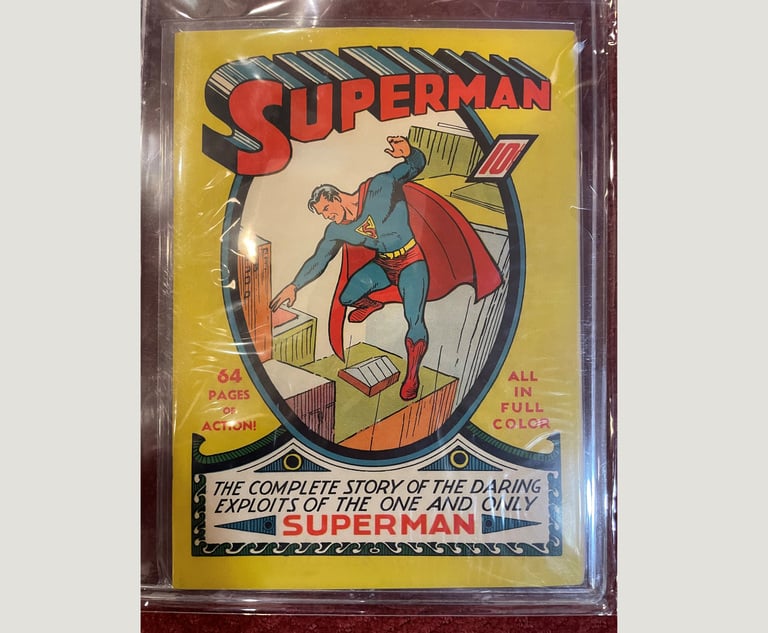Most consumer products (e.g., cars, trucks, motorcycles, etc.) are used for years. Often, catastrophic injury or death resulting from a design flaw in the product occurs years after the product was sold. In analyzing the flaws in these products and technologically feasible alternative components to remedy the defect and prevent the resulting harm, parties look to design changes incorporated in the same or similar products post-sale. If these design changes are relevant to the claim of defect or causation, this information is ordinarily admissible so long as the design change happened before the accident or before the consumer suffered her injury.
While product manufacturers will raise the evidentiary argument that remedial measures are inadmissible, unless the facts fit within the exclusionary “subsequent remedial measure rule” (SRMR), admissibility is warranted. The SRMR only applies to activities and product changes after the accident or injury—not after the manufacturer or sale of the product.






